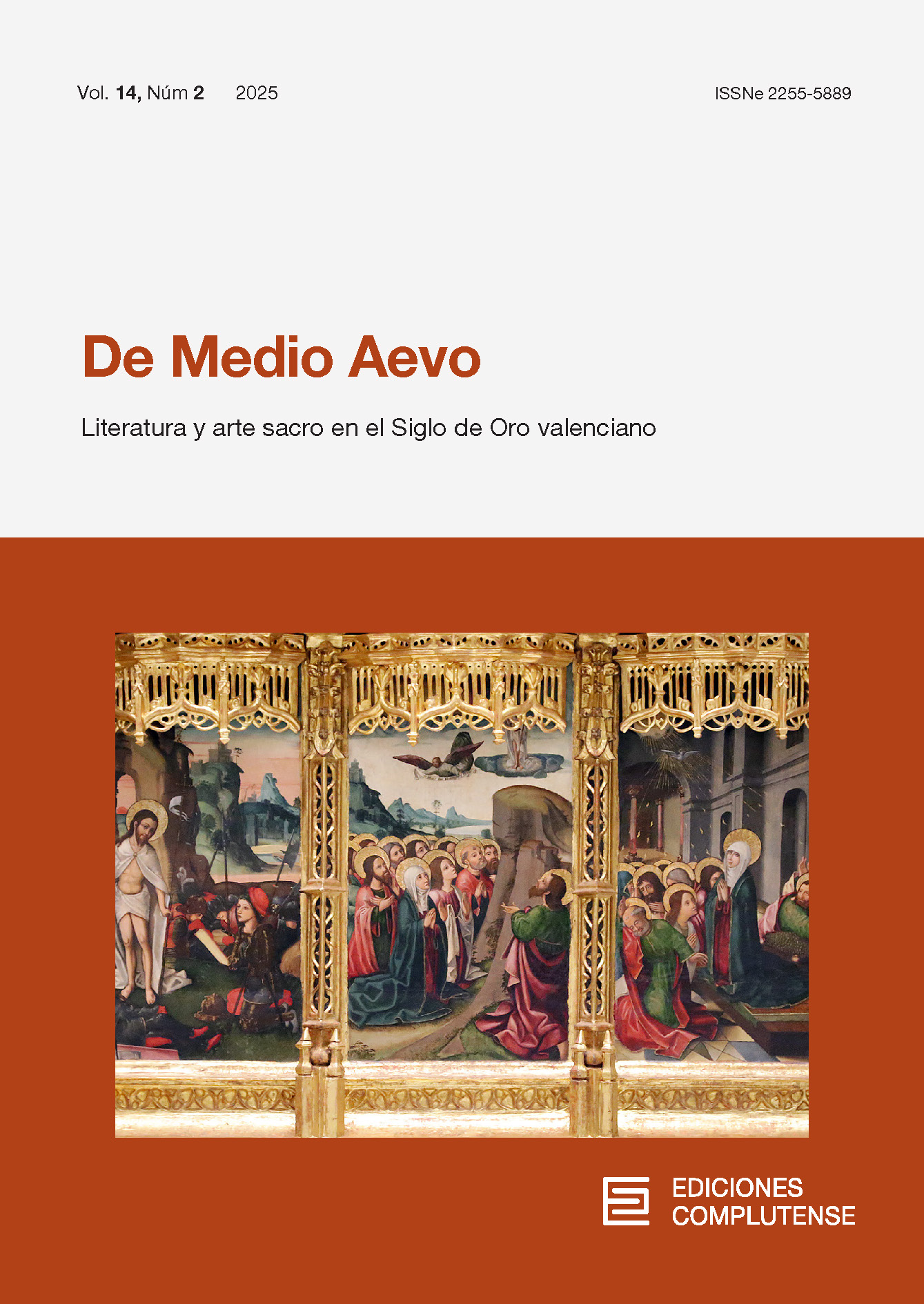CALL for PAPERS for the next issues 15/1, and 15/2.
Monographic theme of the issue # 15/1 (2026-1)
Houses of Christians, Muslims, and Jews in the 15th century
Guest Editors: María Elena Díez Jorge and Christine Mazzoli Guintard
Deadline: November 15, 2025
This monographic dossier aims to advance our understanding of houses in the Hispanic context, considering the different ways of life that converged in the Iberian Peninsula during the 15th century. Documentation of house descriptions and their furnishings reveals a complex world with adornments often characterized by cultural styles (such as Moorish, Turkish, or Castilian). Furnishings labeled as “Moorish” were not always found in the homes of Muslims or converts; for example, it was common for Moorish-style items to be present in the dwellings of old Christians. Nevertheless, the fact that the inhabitants of a house came from different cultural backgrounds and had distinct ways of life created a certain atmosphere that permeated the interior of their homes. There were cultural differences, but also exchanges and similarities that allow us to speak of more than three cultures as part of a multifaceted whole. Studying houses through texts and images together provides an essential tool for approaching the respective emotional communities and the various facets of this cultural polyhedron of the 15th century. This proposal stems from the methodological need to comprehensively understand houses in the Hispanic context during the 15th century. Architecture, spatial distribution, family dynamics, furnishings, and emotional experiences all played a role, considering that the complex society of the period encompassed homes with initially diverse ways of life, yet sometimes with practical aspects that were less differentiated.
Special Issue 15/2 (2026-2)
A chromatic Middle Ages
Guest editors: Ana María Cuesta Sánchez and Ángel Pazos-López
Deadline: 30 April 2026
In recent years, research into the chromatic reality of the Middle Ages has received increasing attention from scholars in different academic disciplines. Fortunately, the vision of a dark and monochrome Middle Ages –propagated by nineteenth-century historiography– is gradually being banished from the collective imagination thanks to important actions of scientific knowledge transfer in the media, informative books and fictional creations. Many medieval art works preserved today in museums, cathedrals and churches provide us with important information about the technical composition or the processes of material creation associated with the colours. In addition, an understanding of the different dimensions of medieval colours has implications that go beyond the pure materiality and are connected to the sensory experience of medieval men.
To this end, a series of thematic lines around which the contributions of the researchers can revolve are proposed:
The material dimension of mediaeval colours, evoked through the study of pigments, materials, dyes and chromatic elements used to give colour to different artefacts and art works.
The artistic and documentary dimension of medieval colours, traceable through documentary sources, treatises, artists' books, as well as evidence of chromatic uses in the diversity of the arts.
The technical dimension of medieval colours, materialized in the plurality of uses in numerous artistic media and supports, such as illuminated manuscripts, polychromy on stone, wood, panel or canvas, as well as the study of colour in the diversity of the sumptuary arts, such as stained glass, enamels, ceramics, mosaics or textiles.
The symbolic dimension of medieval colours, reflected in the social and extra-semantic uses and values conferred on the chromaticism of spaces, clothing and objects of daily or festive use, both in the sacred space and in the daily or courtly environment.












